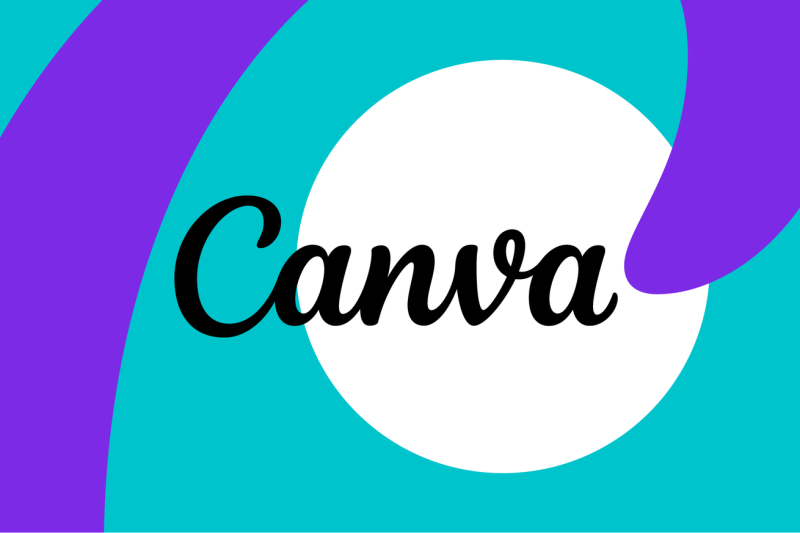In a bold move that has captured the attention of both business owners and creatives alike, Canva, a popular graphic design platform, recently announced a substantial price increase for its AI-powered features. This decision has sparked discussion and debate within the design community, with many questioning whether the benefits of these AI capabilities justify the significant price hike of 300 percent.
Canva’s AI features are designed to streamline the design process, making it easier for users to create professional-quality graphics and visuals with minimal effort. The platform employs machine learning algorithms to offer suggestions for layouts, color schemes, fonts, and images, helping users make informed design decisions quickly and efficiently. These AI-driven recommendations are intended to save users time and effort, enabling them to produce high-quality designs even if they lack formal design training or experience.
One of the key arguments in favor of Canva’s price increase is the value that its AI features provide to users. By leveraging artificial intelligence to automate certain aspects of the design process, Canva empowers users to create visually engaging content more efficiently than ever before. This increased productivity can result in cost savings for businesses and individuals who rely on Canva for their design needs, making the higher pricing tiers a worthwhile investment for those who prioritize efficiency and quality in their work.
Furthermore, the integration of AI into Canva’s platform represents a broader trend in the design industry towards automation and innovation. As AI technology continues to advance, designers are increasingly seeking tools that can help them work smarter, not harder. Canva’s decision to emphasize AI features in its pricing structure reflects this shift towards automation and demonstrates the platform’s commitment to staying at the forefront of design technology.
Critics of Canva’s price increase, however, argue that the substantial jump in pricing may put the platform out of reach for some users, particularly freelancers, small businesses, and individuals with limited budgets. While the AI features undoubtedly offer value in terms of efficiency and productivity, the significant cost increase may deter prospective users who cannot justify the higher subscription fees. In a competitive market landscape where there are multiple design tool alternatives available, pricing strategy plays a crucial role in attracting and retaining customers.
Ultimately, the debate over Canva’s AI features and the accompanying price increase underscores the evolving nature of the design industry and the increasing reliance on automation and technology to drive creativity and efficiency. As users weigh the benefits of Canva’s AI capabilities against the higher pricing tiers, it will be interesting to see how the platform’s user base responds to this significant change and whether it will lead to a shift in how designers approach their workflow and design process.

